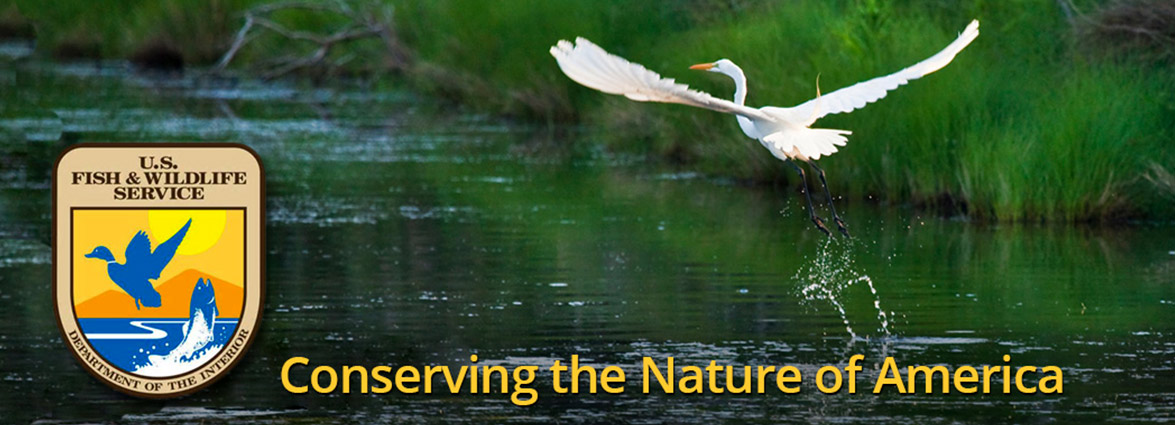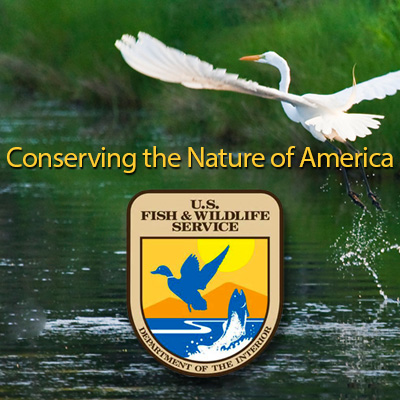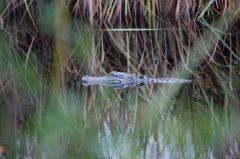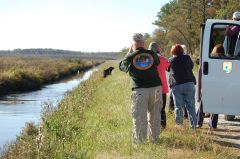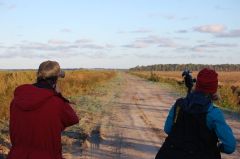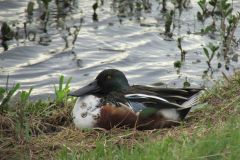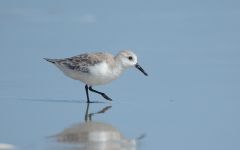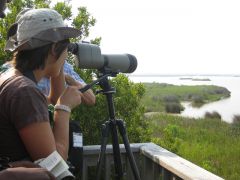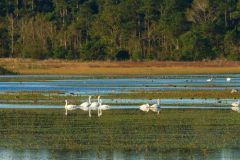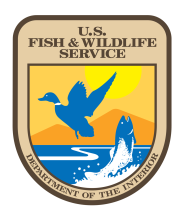
Coastal North Carolina National Wildlife Refuges protect more than 380,000 acres on Alligator River NWR, Cedar Island NWR, Currituck NWR, Mackay Island NWR, Mattamuskeet NWR, Pea Island NWR, Pocosin Lakes NWR, Roanoke River NWR and Swanquarter NWR. To learn more, visit the National Wildlife Refuges Gateway Visitor Center on Roanoke Island. The visitor center offers numerous hands-on and interactive exhibits on Alligator River National Wildlife Refuge, plus 10 other regional refuges and one National Fish Hatchery. The Visitor Center is on the north end of Roanoke Island, about a quarter-mile from the entrance to Fort Raleigh National Historic Site. It’s open from 9 a.m. to 4 p.m. daily, and admission is free.

